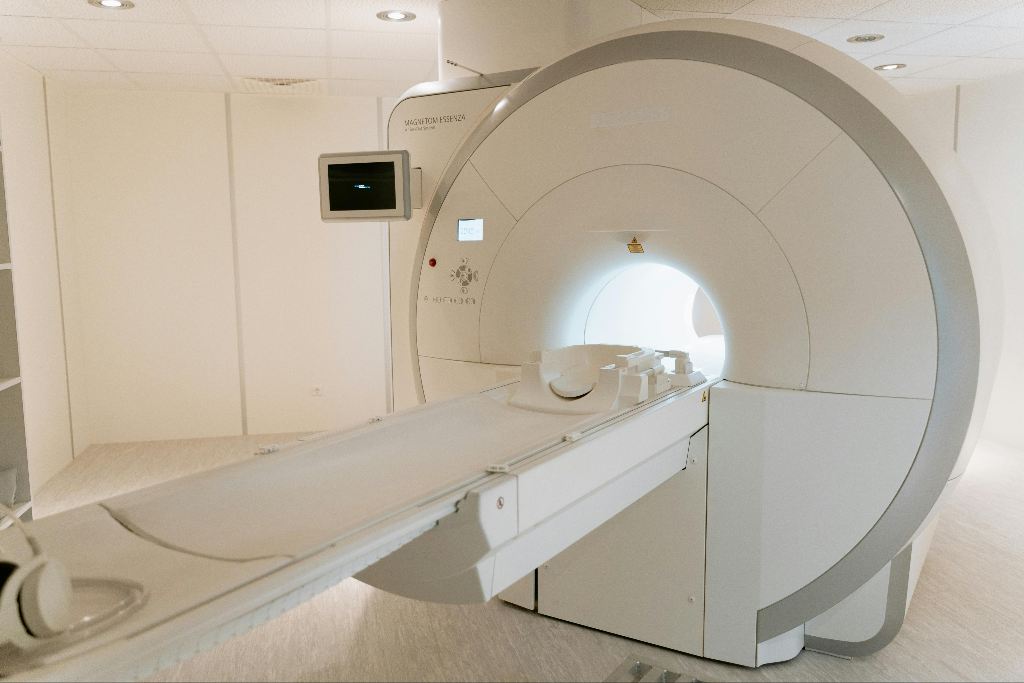While high-speed crashes can certainly be catastrophic, many people don’t realize that average speed, non-highway crashes can also have devastating consequences. Car accident injuries can occur in a number of ways, including at slower speeds, because the body is not made to sustain the impact of any sort of collision. Like any other accident, a crash at 30 to 40 miles per hour occurs in stages that can result in serious injury, though some are more common than others. Read on to understand how these injuries occur and what they are.
The Stages of a Car Crash
Though it happens in a split second, there are actually three distinct phases occurring when you are involved in a car accident.
The first stage is when the vehicle itself collides with another vehicle or surface, leading to deformation. This is a design feature, with the deformation occurring to absorb energy from the crash and protect the occupants from that impact. This damage is usually caused when the car quickly decelerates- in a 30 MPH crash, a complete stop can be reached in as little as one-tenth of a second.
Once the vehicle crashes and slows down, the second stage of human collision begins. Anyone inside the vehicle moves forward at the same speed they were moving before impact, as inertia continues their movement until something stops it. This is often a seatbelt, though it can be a window or dashboard if they are unrestrained. A seatbelt can also absorb some of the energy of the crash and minimize injuries, even in a slower moving vehicle. While 40 MPH is not high for many cars, it is much faster than the human body can typically move.
The final phase of internal collision can often lead to the most injuries. Like the body moves, the internal organs and tissues move within the body due to inertia, even when the exterior body begins to slow down. The only thing that stops this movement is contact with the bones, internal organs, and skulls. When this occurs at high speed, internal injuries and bleeding may occur.
Injuries in an Average Speed Crash
Because of all the activity happening at once, the body remains vulnerable to car accident injuries in these crashes at lower speeds. While these are some of the most common injuries sustained in these circumstances, they are not the only possibilities. Injuries depend on a number of factors beyond speed, like where the car is hit, if proper seatbelts are being used, and where in the car you are sitting at the time.
Whiplash: When the body jerks forward due to inertia, the soft tissues in the neck and shoulders often extend beyond their natural capacity, leading to strains and tears known as whiplash. This commonly occurs in rear-end collisions and other accidents where one car is stopped, making it more likely to involve lower speeds than an accident on a highway. Whiplash can lead to a lot of stiffness and pain in the neck that can take weeks or months to be resolved.
Concussions: When internal collisions begin, one of the most vulnerable organs is the brain, which can often crash into the skull, leading to a mild traumatic brain injury known as a concussion. While concussions usually heal with time and rest, any head injury is dangerous and should be thoroughly evaluated to ensure there is no severe damage.
Back Injuries: The spine is fragile and can be impacted at low speeds. The force of an impact often leads to compression of the spine or discs, leading to nerve pain and herniated discs. It is also common to experience lower back pain as a result of the pressure placed on the vertebrae during impact.
Airbag Injuries: Most airbags deploy whenever a crash is over 20 MPH, so at a speed of 30-40 they are likely to make an appearance. Airbags can prevent very serious injuries, but in some cases will cause other minor ones. Some people experience burns on the face or scalp because of airbags, or even broken bones when the impact is strong enough.
What to Do After an Accident
No matter what speed was involved, it is important to seek care for any potential car accident injuries as quickly as possible after the event. At AICA Orthopedics, we specialize in victims of car accidents of every type and can use the information about your accident to diagnose and treat your injuries. They can also help you find out what diagnostic scans you should get after a car accident. If you’ve recently been in an accident, AICA Orthopedics is here to treat you- contact us today!





